Research Overview
One of my main research goals is to understand the physical
mechanism by which all supermassive black holes at the centers
of galaxies grow, as well as to investigate the interplay
between black hole growth, in the form of Active Galactic
Nuclei, and the properties of their host galaxies. In
particular, I study how the first black holes in the Universe grew from their initial seeds;
how known relations between black holes
and their galaxies become established; are black holes hidden
from our view by the same material that makes them grow? If
so, how did this fuel arrive at the black hole, and what is
its geometric configuration - does this affect the rate at
which the black hole grows? What was the trigger for the
growth of the black hole; and are growing black holes
preferentially hosted in particular galaxy types?
In 2010, I received my PhD from the University of Durham under
the supervision of Prof. David Alexander on a Census of
AGN Activity in the nearby Universe. In 2010-14, I was at the Harvard-Smithsonian Center for
Astrophysics as a Smithsonian Post-doctoral Fellow. During this time, I also took up the role as a Senior
Teaching Fellow at Harvard University, teaching AM207:
Stochastic Optimization for two years (2013-2014). In
2014, I moved to the Department of Astrophysical Sciences at
Princeton University where I am now a permanent Research Astronomer.
My research makes use of cutting-edge multi-wavelength survey
data from a variety of ground-based and space-based
telescopes, including the James Webb Space Telescope and Subaru
Hyper Suprime-Cam instrument. I'm an active member of the
UNCOVER survey, the HSC-Strategic Survey Program, the Prime Focus Spectrograph Survey,
the MASSIVE collaboration, as well as various X-ray survey teams.
My immediate research includes:
- UNCOVERing the first black holes in the Universe
- Identifying the AGN to host-galaxy connection — what causes an AGN to grow within a particular galaxy?
- The identification of the most heavily obscured and Compton-thick AGNs near and far
- The demography of AGN host galaxies in deep and wide-field surveys
- Connections between parent dark matter halos, galaxy properties, and the rapid growth of super-massive black holes.
- Understanding the nature of optically unidentified AGNs within dust/gas rich late-type galaxies within the local Universe.
- The relation between multi-wavelength high-ionization emission features and the intrinsic properties of AGN
Census of AGN Activity I:
Optically-elusive AGN
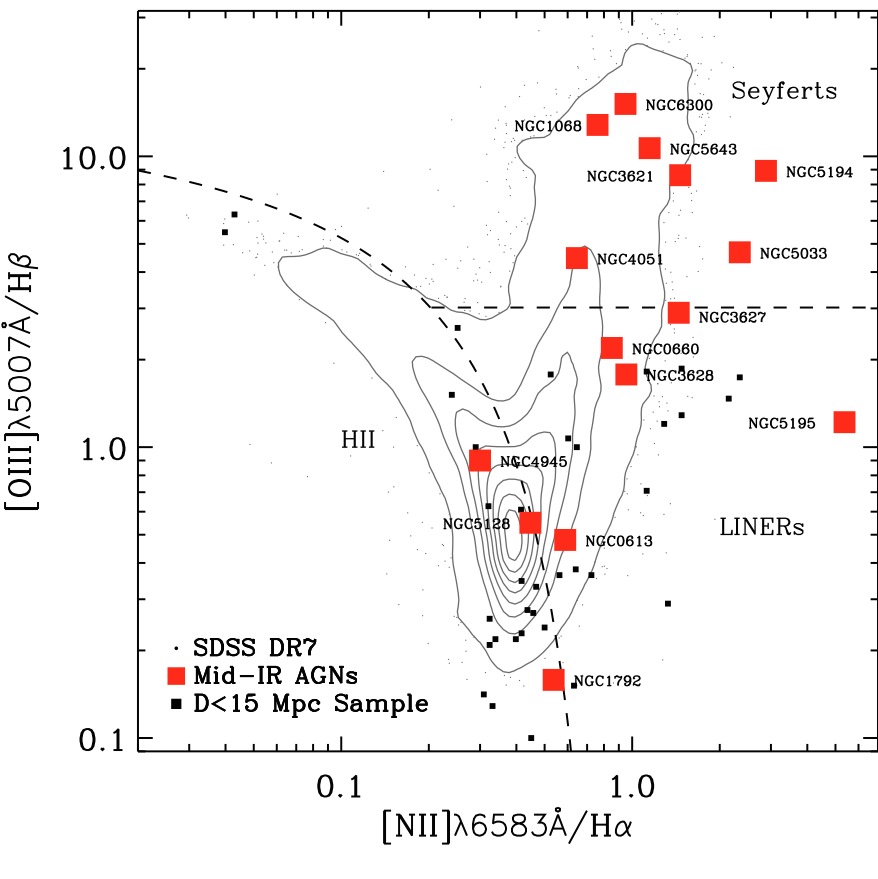
Census of AGN Activity II:
Growth of nearby Black Holes
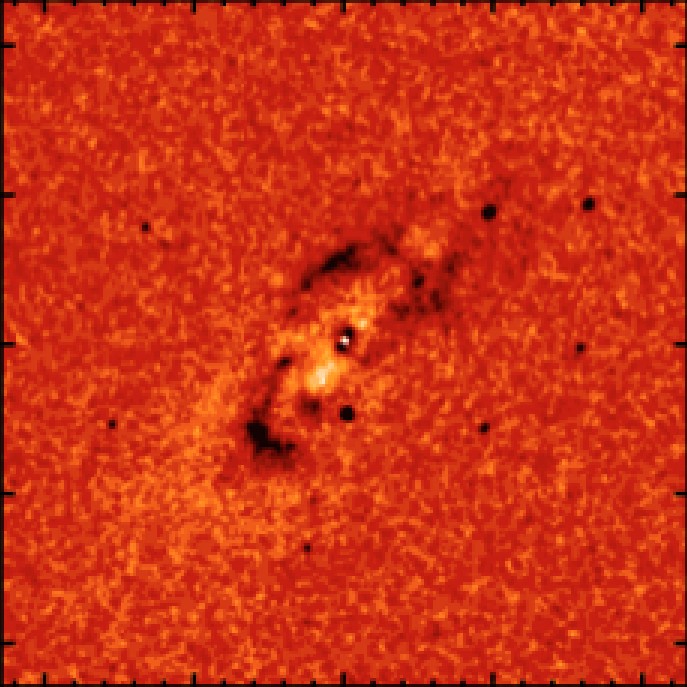
Mid-IR Compton-thick AGN:
AGN space density at z=0.1
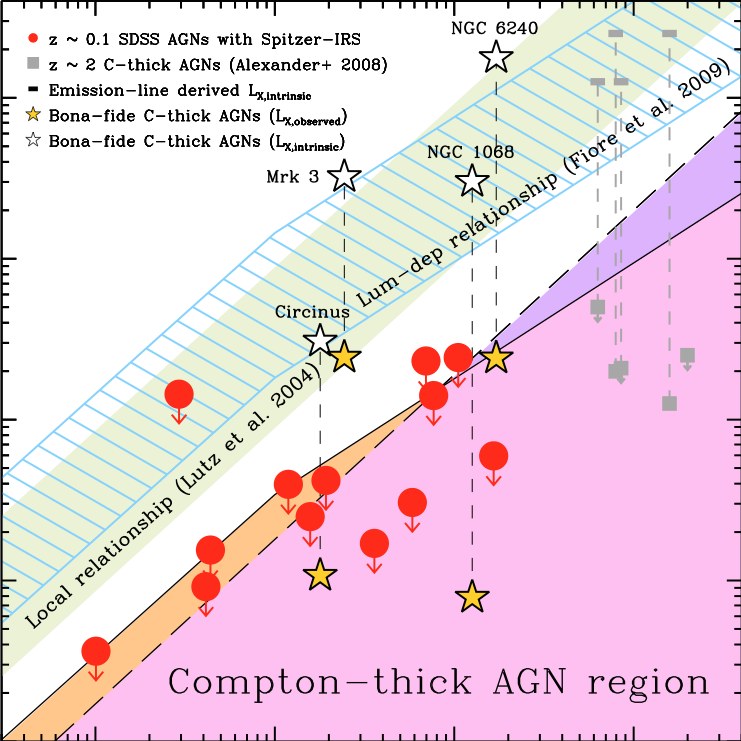
X-DEEP2:
X-ray sources in the DEEP2 fields
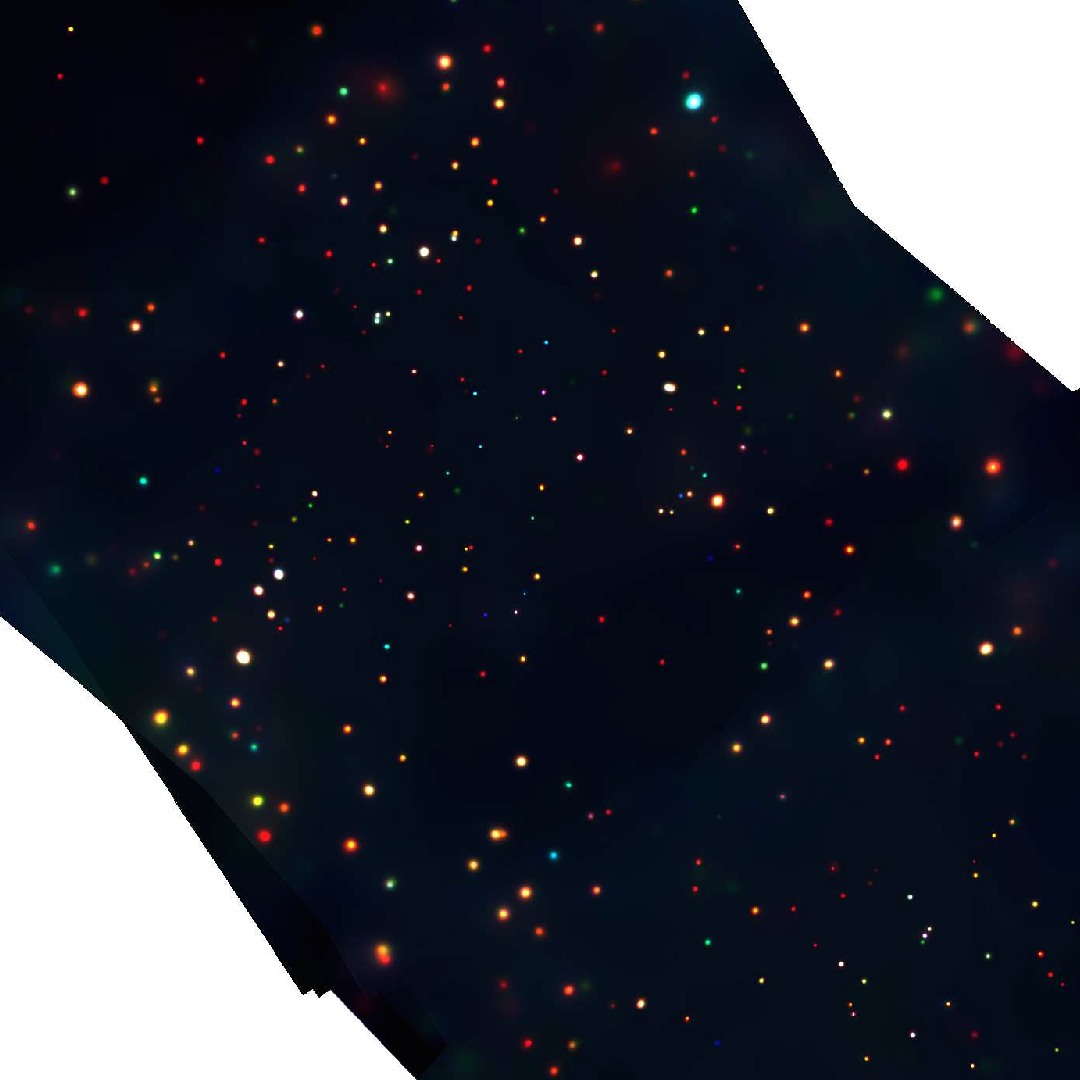
Si-absorption in CTAGN:
Host galaxy extinction
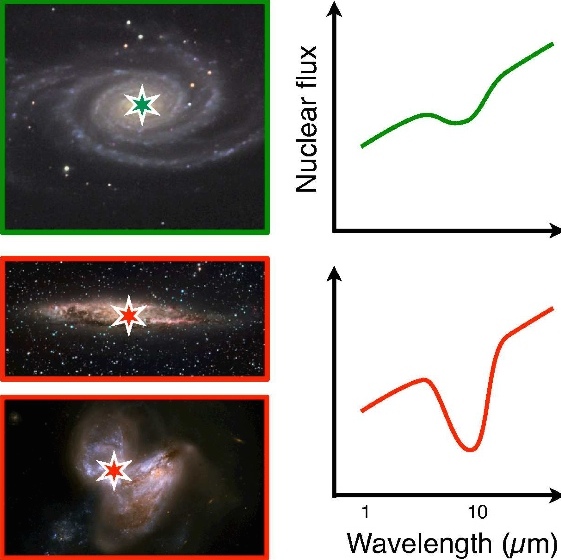
AGN-Galaxy Connection:
Evolution of AGN host galaxies
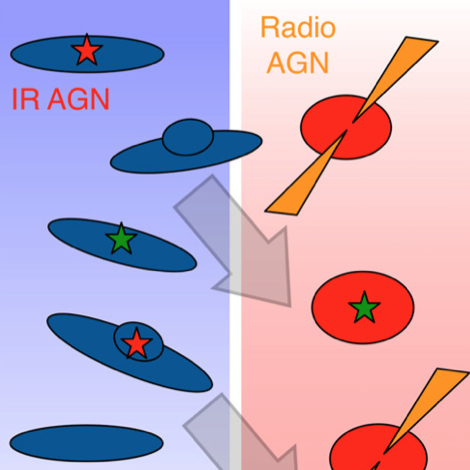
Departmental and Teaching Activities
In the Astrophysical Sciences department at Princeton
University, I chair the department's observing program using the Magellan Baade/Clay and WIYN telescopes, I mentor several of our graduate students for their semester projects and PhD theses, and I am the former director of the Undergraduate Summer
Research Program (USRP). Our USRP welcomes
promising young undergraduates to conduct cutting-edge
research alongside members of our department. During the summer months, the students are also taught fundamental and essential
skills that are readily used by astronomers and other
scientists during their time as researchers.
During the 2012 and 2013 academic years, I was a
Senior Teaching Fellow at Harvard University for the
course "AM207: Advanced Computional science: Stochastic
Optimization Methods". My specific areas of expertise
revolve around teaching sections on scripted coding in the
MATLAB and Python environments; Bayesian inference and prior
definitions; Optimization methods using simulated annealing
and genetic algorithms; MC EM algorithms. I use many of
these statistical techniques and analysis methodologies
throughout my research. Furthermore, I graded and held
office hours for AM207 on a weekly basis in the Spring
Academic semester.